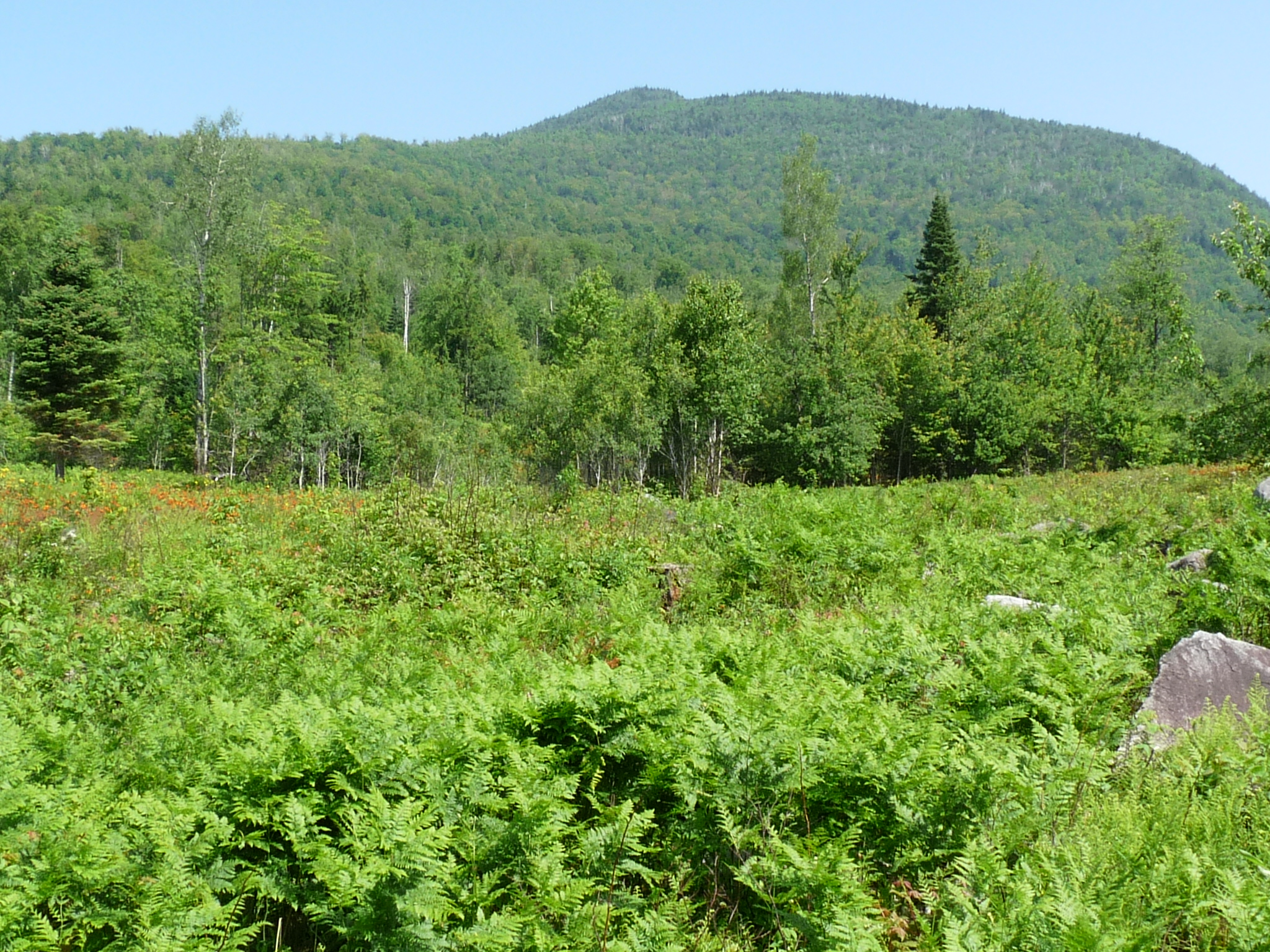MONTPELIER – Vermont Department of Forests, Parks and Recreation Commissioner Michael Snyder unveiled a new report to the legislature last week that addresses the fragmentation of Vermont’s forests and makes recommendations for how to protect their integrity. The study shows that Vermont is losing forestland, while existing forests are being broken into fragmented parcels.
Last year, the legislature asked the commissioner to prepare the report.
The report describes forest fragmentation as:
“The breaking of large, contiguous forested areas into smaller pieces of forest, typically by roads, agriculture, utility corridors, subdivisions or other human development. It usually occurs incrementally, beginning with cleared swaths or pockets of non-forest within an otherwise unbroken expanse of tree cover. Then, over time, those non-forest pockets tend to multiply and expand and eventually the forest is fragmented and reduced to scattered, disconnected forest islands.”
It states that the general effect of fragmentation is the reduction in overall forest health. It also degrades habitat quality, leading to long-term loss of biodiversity, increases in invasive plants, pests, and pathogens, and reduction in water quality.
Snyder called on lawmakers to come back with plans to address what policy changes are needed locally, regionally, and statewide to protect forest health and integrity. He also gave the following suggestions:
Educate and engage Vermont landowners, schoolchildren, municipalities and land-use decision makers (e.g. realtors and developers) about the economic and ecological benefits of large forest blocks and the connectivity among smaller forest blocks.
Continue to invest in land conservation and strategically target investments to focus on areas that have the greatest ecological and economic values and are most at risk.
Support existing landowners to keep their land forested and to encourage new growth in existing settlements and near existing roadways to avoid incursions into high value forest blocks.
Consider additional tools for local governments and the state to discourage development that converts blocks of forest to other uses and requires mitigation when such development occurs.
Ensure that forest landowners can get value from their forested land through sustainable forestry practices and develop and create markets for Vermont forest products.
At the same time, many Vermont conservation, forestry, and recreation organizations noted the critical importance of Vermont’s forests and presented the legislature with a letter calling for a stakeholder process to develop recommendations to maintain the integrity of Vermont’s forests into the future.
Representatives from several Vermont conservation organizations offered the following comments relative to the report’s release:
Audubon Vermont
“Forests are the reason Vermont has some of the highest diversity of breeding birds in the country. It is no wonder then that Vermont leads the nation in wildlife watching adding $288 million to our economy. Audubon members are concerned that forest birds have declined by 32%, due in part to the loss of forest habitat. We believe that Vermonters’ collective creativity can come up with effective ways to stem the declines in both birds and the forests they breed in.” — Jim Shallow, managing director of Audubon Vermont.
The Nature Conservancy of Vermont
“Intact, connected forests are integral to a thriving Vermont economy, healthy wildlife habitat, climate resiliency and recreation. Through science, policy, and land protection, The Nature Conservancy represents Vermonters who know that our forested connections are critical to sustaining a rich diversity of wildlife that’s essential to our culture and economy. We strongly endorse a stakeholder process so that Vermonters have an opportunity to share their ideas about protecting the forests that belongs to all of us.” — Heather Furman, Vermont state director of The Nature Conservancy.
The Trust for Public Land
“Vermont’s forests are the backbone of the rural landscape and tourism economy of our state, including such powerful places at the Long Trail, Camel’s Hump State Park, The Green Mountain National Forest, and many, many more. Our forests provide outdoor classrooms for our children, places to hunt, fish, and hike, and jobs for thousands of people, all of which are threatened or altered by fragmentation. The Trust for Public Land looks forward to continuing to work with Commissioner Snyder, the legislature, and other partners to protect Vermont’s forests, for now and future generations.” — Rodger Krussman, Vermont state director for The Trust for Public Land.
Vermont Chapter of the Sierra Club
“Forest fragmentation is one of the greatest threats to the economic and ecological health of Vermont’s forests. The natural legacy we leave future generations of Vermonters depends on the steps we take now to develop sound policies that protect our forestlands.” — Rachel Stevens, chair of the Vermont Chapter of the Sierra Club Forest and Wildlife Committee
Vermont Land Trust
“Forest owners share a personal commitment to enduring, responsible land management and they know well how their stewardship contributes to our economy, to environmental health, and to our citizens’ chance to enjoy the outdoors. If the forests that are not yet conserved lose their integrity, we worry about the impact on the woodland we have worked so hard to protect over the last 38 years.” — Gil Livingston, president of the Vermont land Trust.
Vermont Natural Resources Council
“Our forests define our state and provide an underpinning to our economic and environmental wellbeing. Quite simply, the importance of our forests cannot be overstated, but increasing land fragmentation is compromising their integrity. Today, sixty diverse organizations and individuals representing conservation, forestry, and recreation interests voiced their support for Vermont’s forests. It is time to be proactive, and we thank Commissioner Snyder and the legislature for working to keep our forests healthy and intact into the future.” — Jamey Fidel, forest and wildlife program director, Vermont Natural Resources Council


